Public, social and community organizations are, in many locales, driving systems change toward social and...


Public, social and community organizations are, in many locales, driving systems change toward social and...
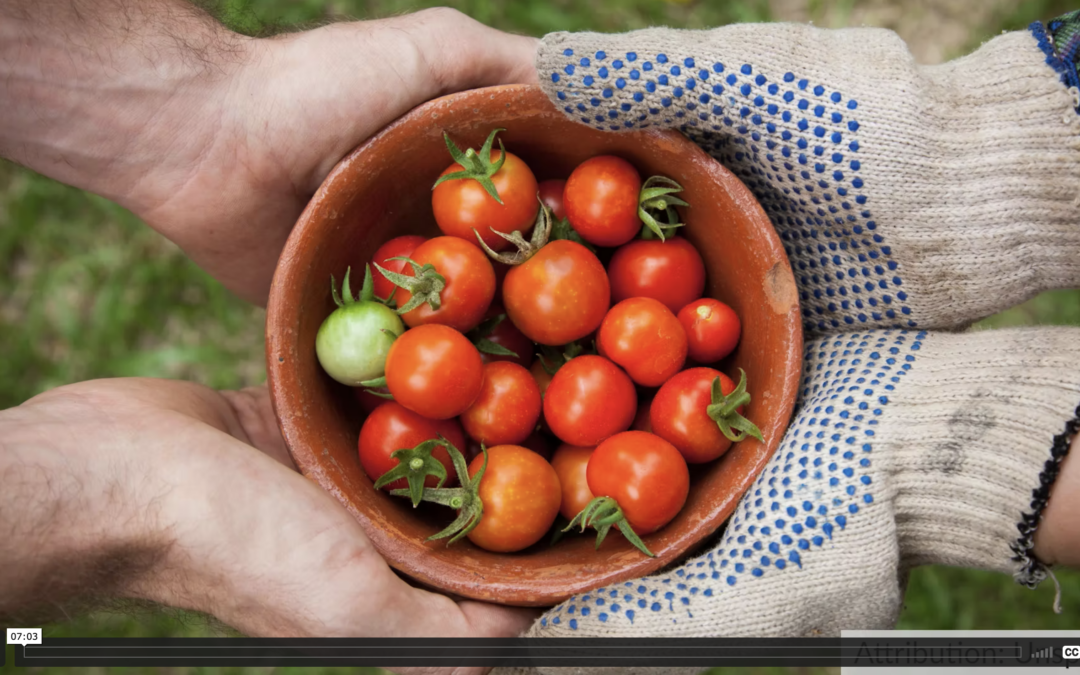
PechaKucha Presentation—Unprecedented. Unprecedented. Unprecedented. How often did we hear that word at the onslaught of the Covid-19 pandemic? But was it really unprecedented? We’ve been warned for years that a pandemic was imminent. We know the world has been devastated by them in the past. So...
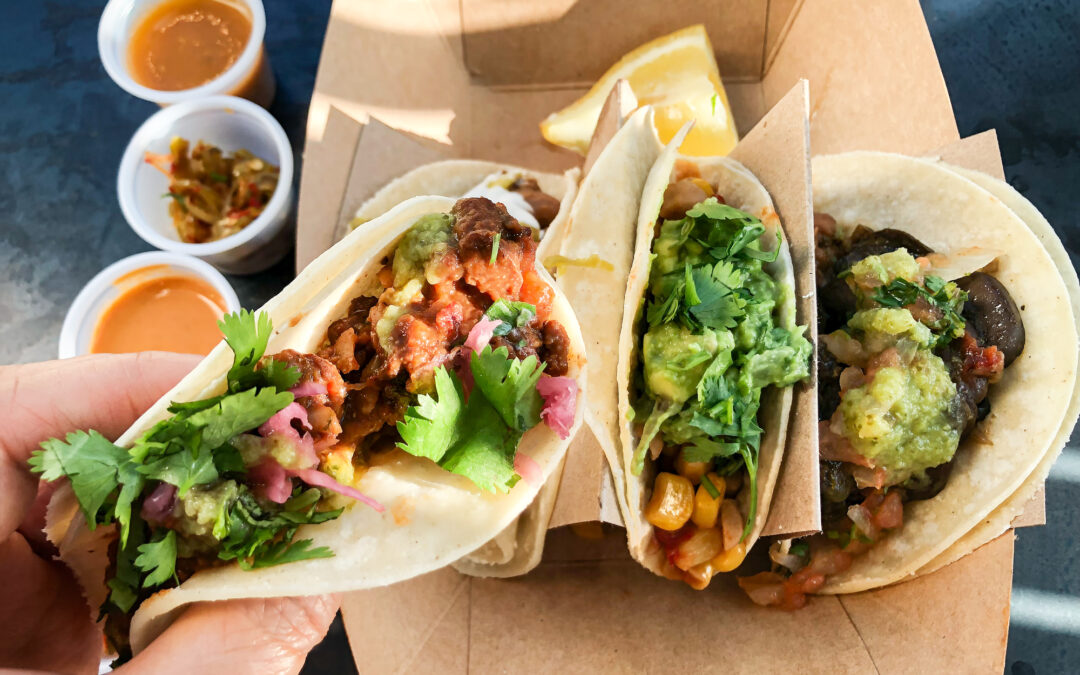
For almost 85 years, Consumer Reports has been detecting and anticipating shifts in consumer need for products and services so that we can guide consumer choice with rigorous research and testing. When the COVID-19 pandemic started to peak in March 2020 in the U.S., our ability to access the 63...
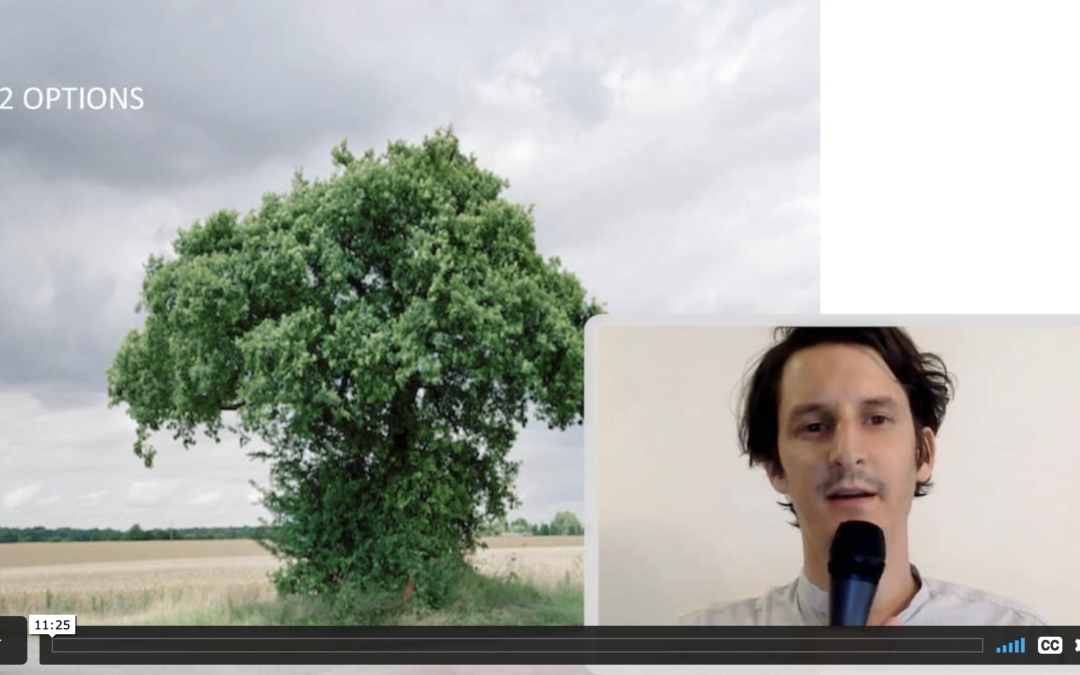
The act of shopping for food is a very local experience, yet large food retail chains have built their business on homogenizing and standardizing the experience. In this article, we mobilize an ethnographic study carried out in 2018 for a food distributor regarding a new model of online...
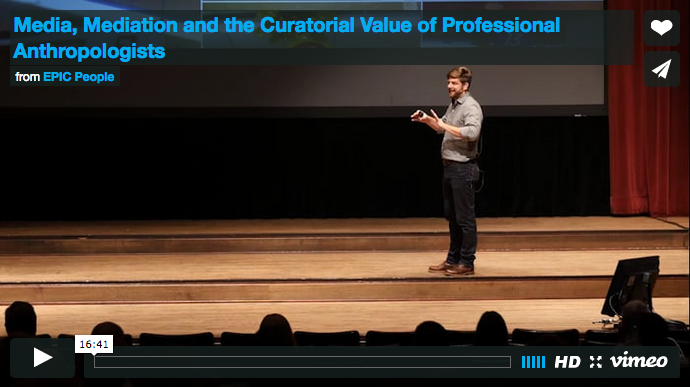
This paper seeks to broaden the discipline of professional anthropology by considering the role of the anthropologist as a curator and a guide for the mediation of cultural symbols, artifacts and products in and among the organizations we work for or with. It employs two case studies of product...
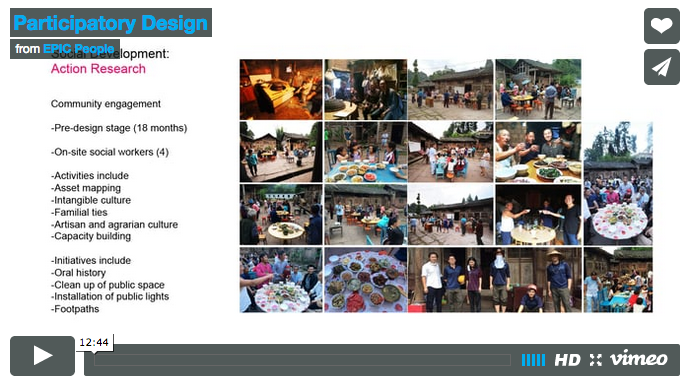
This paper aims towards a critical re-evaluation of Participatory Design processes based on a completed collaborative research (2015) in rural China. The study involved two complementary disciplines; the Applied Social Sciences and Design and their corresponding research methodologies; Action...
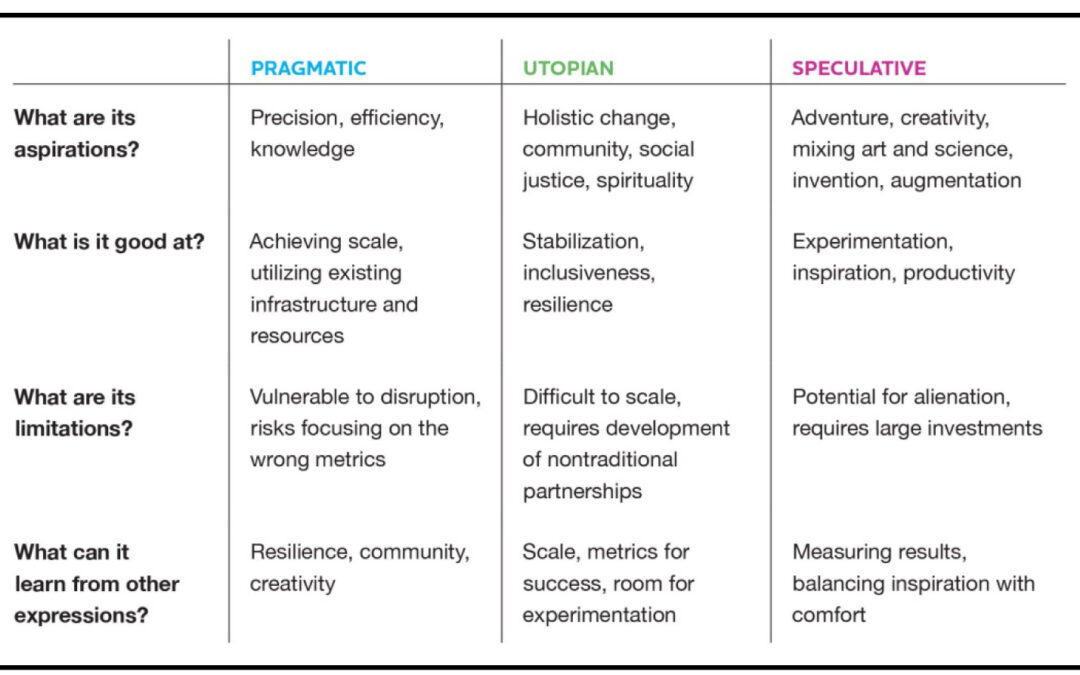
In 2012, the Google Innovation Lab for Food Experiences convened a multi-year conversation between corporate food stakeholders, farmers, chefs, food experts, social scientists and business consultants to reimagine the impact of companies on their employees and the food system. Corporate care...

This paper seeks to capture the local in Locavore—both its concrete and symbolic character. Locavore is a kind of nascent identity that emerges from constellations of social relationships, self-defining “food communities”, made up of consumers and farmers and chefs, and food writers and...

In this article we report on our research that focused on enhancing shopping experiences by introducing new media services in the physical environment of grocery shopping. Since we were interested in situated shopper’s experiences we conducted fieldwork. In particular, we paid attention to the...